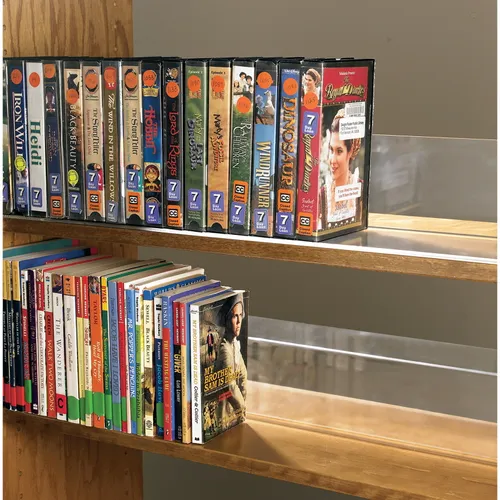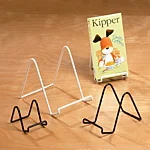What is Book Pockets? کتابی جیب
Book pockets, also known as book covers, are pockets or covers that are placed on the inside covers of books to protect them from wear and tear. They are typically made of plastic or paper and have a clear or translucent front and a flap on the back that can be folded over the cover of the book.
Book pockets are used in libraries to protect the books from damage such as from spills, dust, and regular handling. They also help to keep the books in good condition and extend their lifespan. Book pockets can also be used to add identification to the book, such as a barcode or a call number, which can be used in the circulation process.
Book pockets come in different sizes and designs to fit different types of books and they can be adapted to the size and format of the book. Some book pockets are designed to be reusable and can be removed and repositioned easily, while others are designed to be permanent and are attached to the book with adhesive.
In summary, book pockets are an essential item for libraries, they help to keep the books in good condition, and make them easy to identify and circulate.
What is Book Pockets? کتابی جیب Read More »



